Japanese is a beautiful Asian language with a rich body of literary works. It is spoken by nearly 130 million people and has become quite popular over the past few decades. Cultural exports like Japanese food, movies, television programs, anime, and music drive people to explore the language further. Here’s what you need to know if you wish to learn it.
The Japanese Writing System
There are three distinct writing systems in the Japanese language. Learners should understand all three of them to read/write the language fluently. While it is possible to get by with learning Hiragana and Katakana, understanding Kanji will give you true command over the language.
1. Hiragana
It is the ABC of Japanese and one of the first things students learn; 46 characters represent sound and work like letters. It is possible to memorize all of these characters in a few days, especially if you practice and test yourself regularly.
The basic sounds are ‘a, i, u, e, and o’ and ‘ka, sa, ta, na, ha, ma, na, and ra’. Writers need to add (”) and (°) to produce ‘ga, za, da, ba, and pa’. The system also includes ‘ya, yu, and yo’, which can be combined with the primary characters to create combination sounds like ‘kya, kyu, and kyo.’ The characters ‘wo’ and ‘no’ are used as particles. Mastering Hiragana will help you learn Japanese faster.
2. Katakana
Katakana has the same 46 sounds as Hiragana, but these characters are written a little differently. Katakana is primarily used for foreign language words, even when they’re incorporated into the native language. For example, the Japanese word for television is ‘terebi’-all the characters are written in Katakana rather than Hiragana. It’s important to note that you may sometimes see non-foreign words written in Katakana as well; however, this usage is more for slang or style.
Learning Katakana is just as easy as learning Hiragana, but the differences between the two can be confusing for beginners.
3. Kanji
Kanji is the biggest stumbling block for learners because it is unlike the other two writing systems or even English. A single Kanji can represent an entire word and sometimes two words as Kanji describes a meaning instead of a sound. For example, the word ‘hito’ stands for ‘person.’ In Hiragana, it is written with two characters ‘hi’ and ‘to.’ When you write the same word in Kanji, you use only one character.
Kanji was borrowed from Chinese and was gradually incorporated into Japanese, which is why it has two pronunciations. The Chinese pronunciation is called onyomi, and the Japanese reading is called kunyomi. A great example of this is the word ‘Friend.’ In onyomi, the word for friend is ‘Yu’ and a group of friends can be “Yujin.” In kunyomi, the word for friend is ‘Tomo’, and a group of friends is called “Tomodachi.”
The Kanji for Yu and Tomo is the same, just pronounced differently depending on factors like the setting, sentence, grammar, and the person speaking.
Learning kanji can be challenging, but skipping it isn’t an option, especially if you want to get a job in Japan or use the language professionally.
Japanese Grammar
Japanese has distinctive grammar and sentence structure. Trying to fit the entire system into a small article is impossible, but it is possible to introduce you to basic sentence structure. English follows a subject-verb-object or SVO sentence structure. For example, ‘I ate an omelet’ is a basic English sentence that starts with the subject ‘I’, is followed by a verb ‘ate’, and ends with an object ‘omelet’. The language is also very subject-centric, which means you don’t need an object to make sense. ‘I ate’, ‘I read’, ‘I write’ are all sensible sentences.
Japanese grammar follows the SOV or subject-object-verb structure. For example, a simple sentence is ‘Watashi ga tamagoyaki wo tabette.’ The subject ‘watashi or I’ is followed by the object ‘tamagoyaki or omelet,’ which is supported by the verb, ‘tabette or eat.’ You can also say ‘tamagoyaki wo tabette’ and still have it make sense.
Japanese Dialects
A dialect is a variety of the same language and is often associated with a specific region. Japan is an ancient country, so it isn’t surprising that there are many dialects. Some of the most prominent dialects include:
- Hakata Ben
- Osaka Ben
- Kansai Ben
- Hiroshima Ben
- Nagoya Ben
- Sendai Ben
- Hokkaido Ben
All of these dialects have distinctive characteristics, grammatical structure, pronunciation, and even unique words. For example, a person from Hokkaido will use words like ‘waya’, ‘menkoi,’ or ‘namara,’ which aren’t used in standard Japanese often. People from Okinawa will say ‘maasan’ instead of ‘oishii’ when they find some dish delicious. They will also use the word ‘chu’ instead of ‘jin’ for person and ‘chura’ for pretty.
Japanese can be an extremely fun and rewarding language to learn. If you work hard at it, you will be able to carry out conversations and write essays sooner than you think.







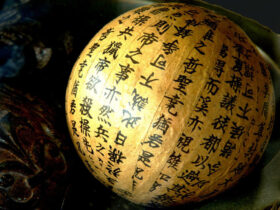
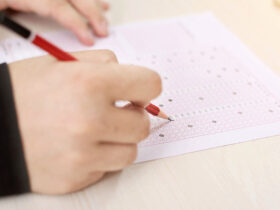






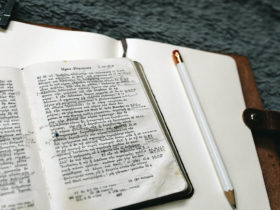

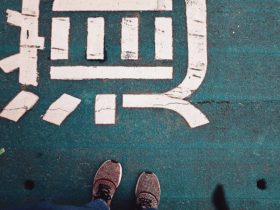


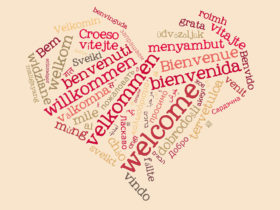


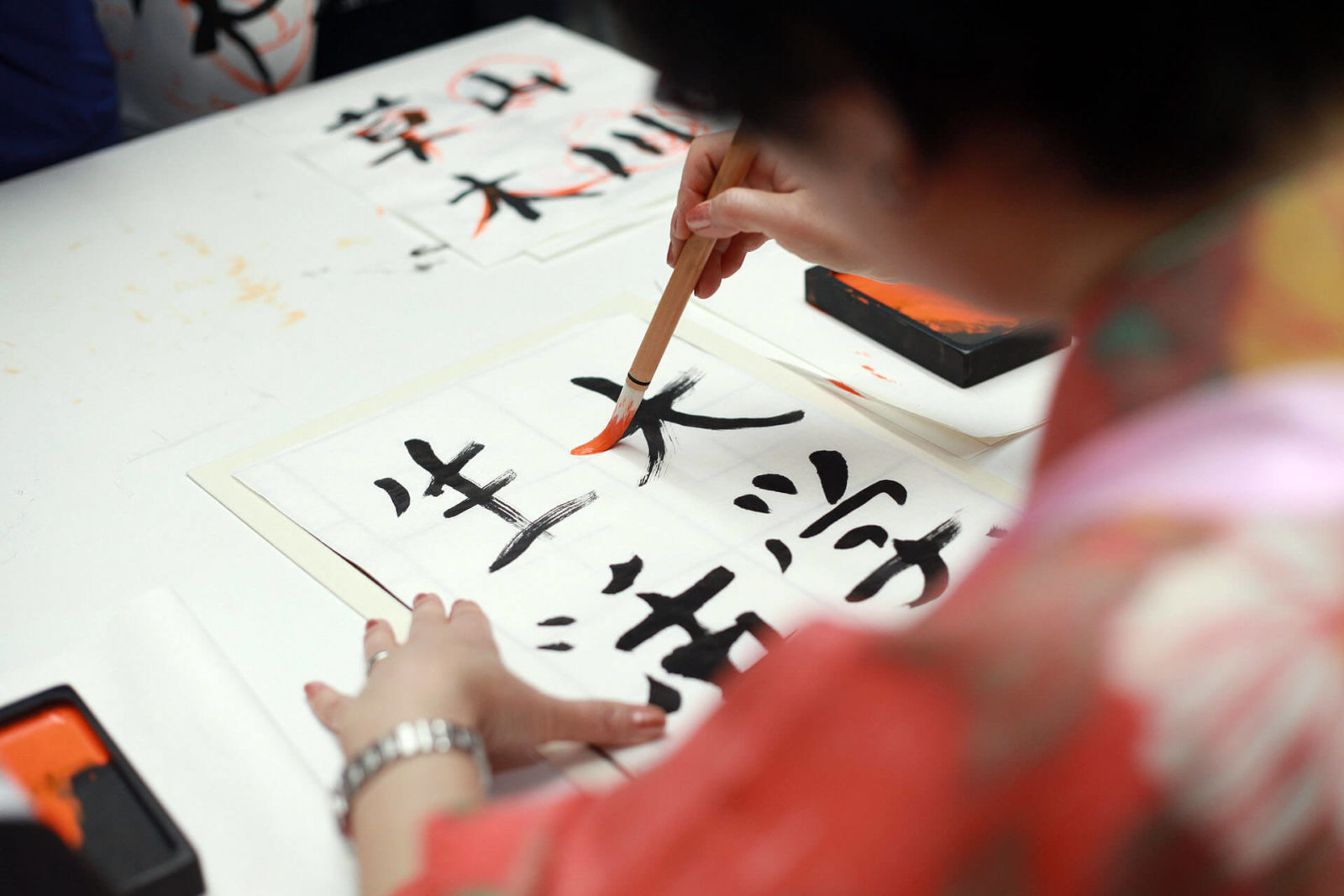
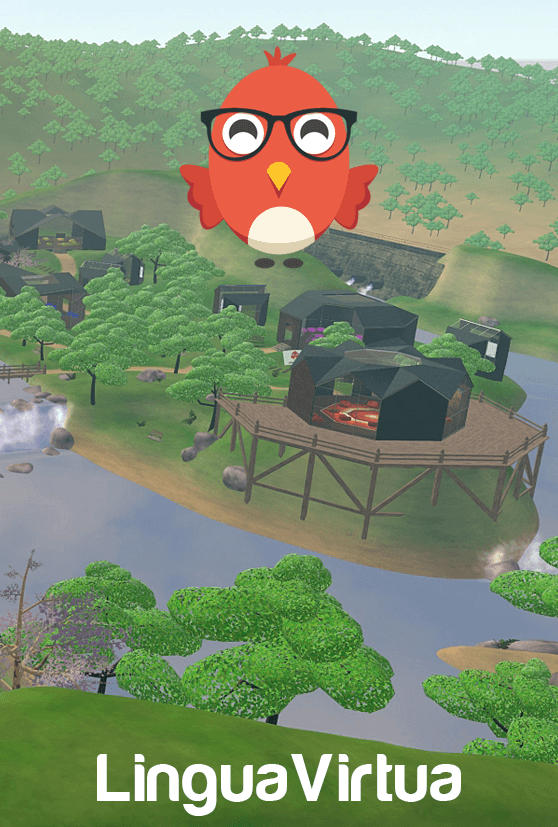

Leave a Reply